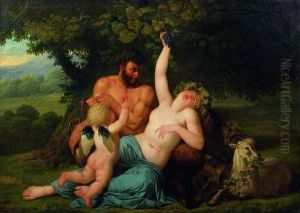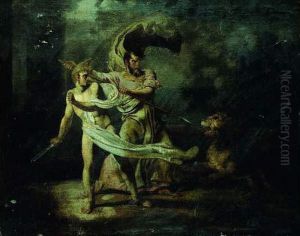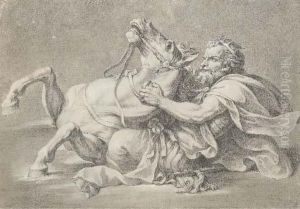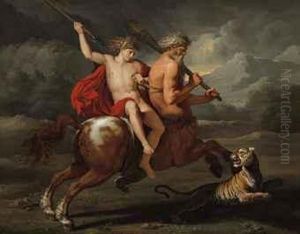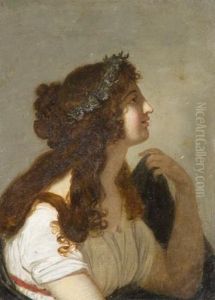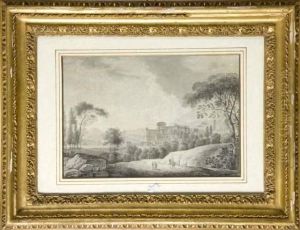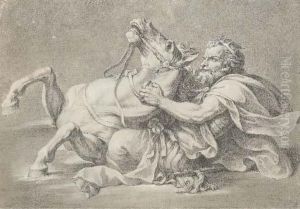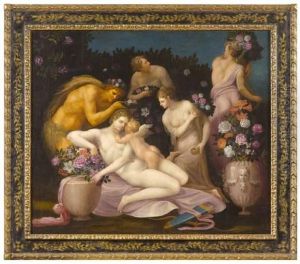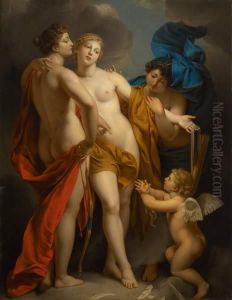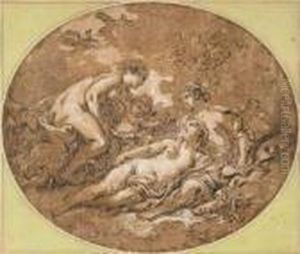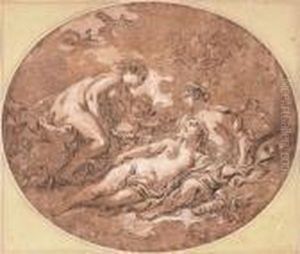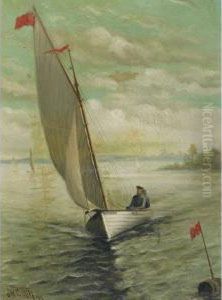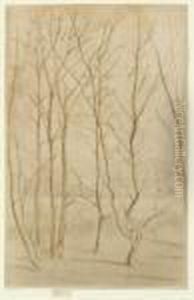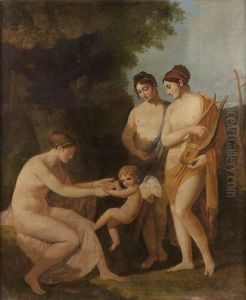





Cupidon Et Les Trois Graces
-
About Reproduction
Discover the allure of art with our faithful reproduction of "Cupidon Et Les Trois Graces", originally brought to life by the talented Benigne Gagnereaux. Unlike posters or prints, our hand-painted oil painting breathes an unique sense of depth and texture into your space. Every detail, every stroke, and every texture is meticulously recreated, paying the perfect homage to Benigne Gagnereaux and his artistic vision.
Owning this piece is more than just decoration - it's a statement of your refined taste in art. Let the vibrant colors and intricate details of this replica serve as a daily reminder of the beauty in our world. Elevate your decor and appreciate the richness of art with our replica of this masterpiece.
-
Painting Description
"Cupidon et les Trois Grâces" (Cupid and the Three Graces) is a neoclassical painting by French artist Bénigne Gagneraux (1756–1795). Created in the late 18th century, this work exemplifies the neoclassical aesthetic that was prevalent in European art at the time, characterized by a return to classical antiquity's themes, styles, and simplicity.
The painting depicts Cupid, the Roman god of love, often portrayed as a winged infant or young boy, in the company of the Three Graces, who in classical mythology are the goddesses of such things as beauty, charm, and grace. They are traditionally named Aglaea (Splendor), Euphrosyne (Mirth), and Thalia (Good Cheer), and are often shown as elegant, ethereal figures who embody the ideal of feminine beauty and are associated with the realm of Venus, the goddess of love.
Gagneraux's interpretation of this mythological ensemble is likely to reflect the Enlightenment's ideals of harmony, beauty, and moral education through art. The artist's use of clear lines, balanced composition, and serene subject matter would have been intended to evoke the rationality and order that were highly valued during the period.
While the exact date of creation for "Cupidon et les Trois Grâces" is not specified, Gagneraux's artistic career was cut short by his premature death in 1795, suggesting that the work was completed sometime before this date. The painting would have been intended for an audience that appreciated classical references and the moral messages encoded within them, which were typical of the neoclassical movement.
As a painter, Gagneraux was known for his historical and mythological scenes, as well as his portraits. He studied under the prominent French artist Jacques-Louis David, whose influence can be seen in the classical clarity of Gagneraux's work. Although Gagneraux is not as widely recognized as his mentor, his contributions to neoclassical painting remain noteworthy for their embodiment of the era's artistic principles.
"Cupidon et les Trois Grâces" is a testament to the enduring appeal of classical mythology and the neoclassical style in art. It continues to be appreciated for its aesthetic qualities and as a reflection of the cultural and intellectual currents of its time. The current location of the painting or its history of ownership and exhibition, however, is not detailed in this introduction due to the lack of specific information available.
-
Lead Time & Shipping
When you order this oil painting replica, it typically takes 2-3 weeks to paint. If the artwork is more complex, it might need a little more time to ensure the best quality. Once it's ready, we'll send you a photo for your approval. After you give the green light, we'll ship it to you for free.
-
Return & Refund
We believe in the quality of our hand-painted oil painting reproductions, and your satisfaction is our priority. If for any reason, you are not completely satisfied with your purchase, we offer a 45-day return policy. You can return your artwork within 45 days of receipt and receive a full refund. Please note that the artwork must be returned in the original packaging and in the same condition as it was received.





